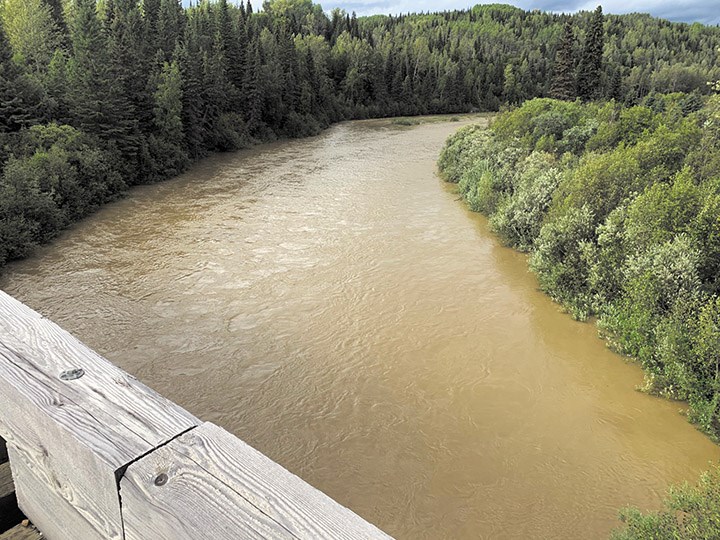Articles featuring the director of bark beetle response (Aug. 20 and 23) paint a tidy picture of the forest industry’s approach to ‘managing’ insect outbreaks. Nothing has changed since the 1980s, when the forest ministry supported the pillaging of the Bowron.
One of the most pernicious lies of modern forestry is that you can log your way out of an insect outbreak. In reality, the only way to stop an outbreak is to somehow control the antecedent conditions. Without time travel and control of the climate at our disposal, this is impossible.
What foresters won’t tell you is that wildlife habitat and ecological functions persist in beetle-attacked stands. Forests recover far sooner from beetle outbreaks if left alone, but are severely compromised by logging. Dead trees play an ecological role equal to or greater than their role as living trees; they are not wasted ‘fibre’.
Insect outbreaks occur gradually; the forest canopy opens up to light as needles die and fall. Some trees remain unharmed, and the forest floor remains intact. Within a year or two the forest responds to the availability of light and nutrients with accelerated growth. Fallen spruce trees open up the soil for establishment of a new generation.
Logging, on the other hand, is sudden, violent, and likely lethal if you’re a nesting bird, a crawling amphibian, a denning bear or fisher, a sensitive rare plant, or a surviving 30 year-old tree.
The Anzac valley is the poster child for the shortsighted management the director of bark beetle response glowingly describes. The area was identified by fish and wildlife biologists as intact wilderness only a few years ago. It was a stronghold for wildlife including moose, wolves, grizzlies, bull trout, and grayling.
Instead of protecting the Anzac, the director’s office allowed accelerated logging under the pretense of managing spruce beetle. A pipeline has been granted permission to drive machines through fish-bearing streams and dig open trenches across riverbeds to drop pipes into the ground.
According to biologists who have surveyed the Anzac river for decades, it has run clear no matter how high or low the water level. On Saturday, it looked like chocolate milk. This unprecedented turbidity event coincides with the onslaught of industrial activity.
We have no expectations of corporations doing right by our forests. Our question is, why are public servants like the Director of Bark Beetle Response facilitating this abuse of nature?
Michelle Connolly
Benita Kaytor
Prince George



